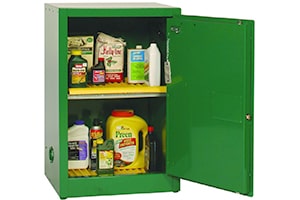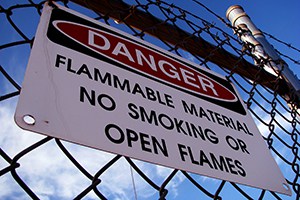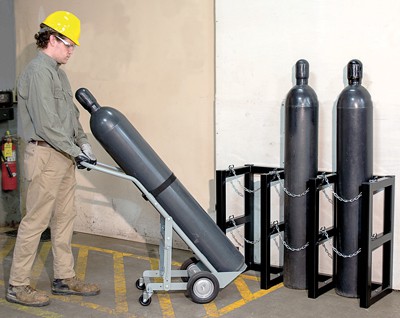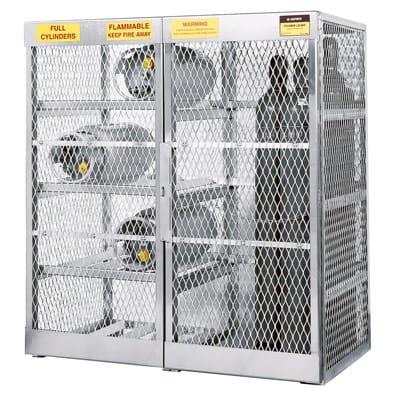Biomedical waste management is a crucial aspect of public health and safety, especially for businesses and healthcare facilities.
Biomedical waste includes any refuse that is generated from medical activities, such as diagnosis, treatment, and immunization of humans or animals. This type of waste can pose serious health risks to individuals and the environment if not managed properly.
In this comprehensive guide, we will explore best practices for managing biomedical waste, ensuring your facility remains compliant with regulations and operates efficiently.
We aim to provide healthcare professionals, business owners, and facility managers with practical tips and insights on effective biomedical waste management.
Best Practices for Segregation
The Importance of Proper Waste Segregation
Proper segregation of biomedical waste is essential to minimize health risks and environmental impact. Segregating waste ensures that different types of waste are managed and treated appropriately, reducing the risk of contamination and exposure to harmful pathogens.
Guidelines for Different Types of Biomedical Waste
Biomedical waste can be categorized into various types, each requiring specific handling and disposal methods:
Infectious Waste
This category includes items contaminated with blood, other body fluids, and potentially infectious materials. It encompasses used gloves, gauze, and any other equipment that has come into contact with these substances. Use puncture-resistant containers specifically designed for sharps such as needles and scalpels, and leak-proof bags for other contaminated materials to prevent any risk of exposure or spillage.
Pathological Waste
This type of waste consists of human tissues, organs, body parts, and any other anatomical remains. These materials require careful handling and storage. They should be placed in leak-proof containers that are often marked with a biohazard symbol to indicate their risk and ensure they are easily identifiable and properly handled during disposal.
Pharmaceutical Waste
Includes expired, unused, or contaminated drugs and medications. This type of waste needs to be segregated from other waste streams and placed in designated bins that are clearly labeled to prevent misuse. Additionally, storing these in secure locations ensures they remain out of reach of unauthorized individuals, reducing the risk of accidental ingestion or misuse.
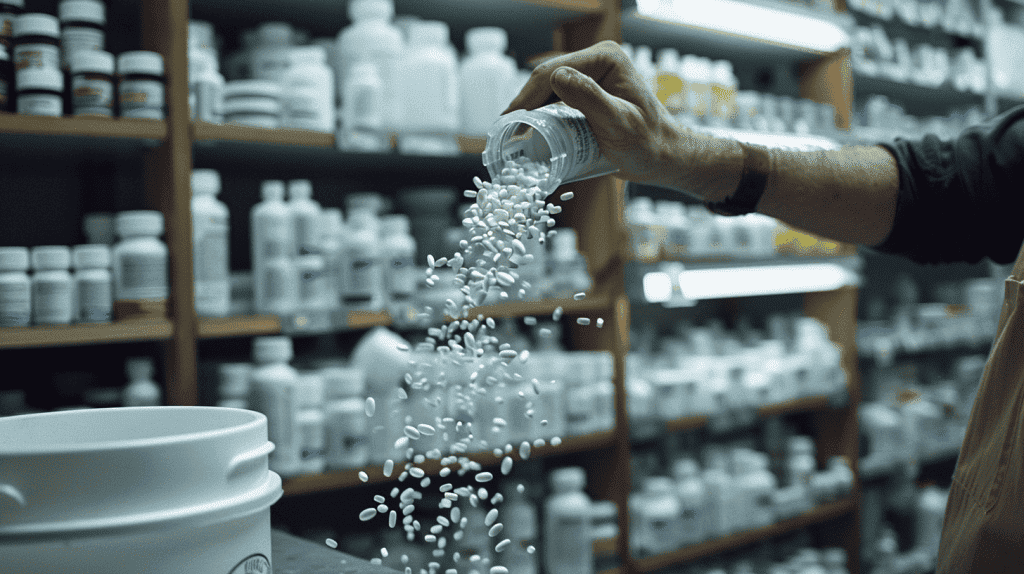
Chemical Waste
This category includes discarded chemicals used in laboratories, such as solvents, reagents, and other hazardous substances. Proper storage of chemical waste involves using clearly labeled containers that detail the contents and any associated hazards. Containers must be compatible with the chemical properties to prevent reactions and leaks, ensuring safe handling and disposal.
Color-Coding System for Waste Segregation
Implementing a color-coding system can simplify the segregation process. For instance:
- Red Bags: Used for infectious waste.
- Yellow Bags: Designated for pathological waste.
- Blue Bags: For pharmaceutical waste.
- Black Bags: Used for chemical waste.
Storage and Handling
Safe Handling Practices
Proper handling of biomedical waste is crucial to prevent accidental injuries and exposure. Ensure that staff members are trained in handling procedures and are equipped with personal protective equipment (PPE) like gloves and masks.
Storage Solutions
Use durable and clearly marked containers for storing biomedical waste. Containers should be made of materials that resist corrosion and are easy to clean. Biohazard waste containers, such as those made of polyethylene, are ideal for this purpose.
Regular Inspection and Maintenance
Conduct regular inspections of storage areas to ensure that containers are not overfilled and are in good condition. Immediate action should be taken to address any spills or leaks to maintain a safe environment.
Transportation and Disposal
Steps for Safe Transportation
Transporting biomedical waste requires meticulous planning and adherence to safety protocols. Use specially designed vehicles that are clearly marked with biohazard symbols. Ensure that waste is securely packaged to prevent spills during transportation.
Disposal Methods
Various disposal methods are suitable for different types of biomedical waste:
- Incineration: A highly effective method for reducing the volume of waste, especially useful for pathological and pharmaceutical waste. This process involves burning waste at high temperatures, which not only reduces its volume but also destroys harmful pathogens and chemicals.
- Autoclaving: Utilizes steam under pressure to sterilize infectious waste, rendering it safe for disposal. This method is widely used in medical facilities to ensure that all potentially harmful microorganisms are eliminated, making the waste non-infectious.
- Chemical Treatment: Especially suitable for chemical waste, this method involves the use of specific disinfectants to neutralize harmful substances. Chemical treatment can effectively break down complex hazardous chemicals into less harmful components, making the waste safer to handle and dispose of.
Partnering with Certified Disposal Services
Collaborate with certified waste disposal services that comply with regulatory standards. Ensure that they provide documentation of proper disposal, maintaining transparency and accountability.
Compliance with Regulations
Key Regulations and Standards
Adhering to regulations is critical for effective biomedical waste management. Key regulations include:
- OSHA 29 CFR 1910.1030: Specifies guidelines for the disposal of biohazardous waste.
- EPA Standards: Govern the treatment and disposal of hazardous waste.
- State and Local Regulations: Additional guidelines may apply based on your location.
Training and Certification
Ensure that staff members receive regular training on biomedical waste management regulations. Certification programs can provide an in-depth understanding of best practices and compliance requirements.
Documentation and Record-Keeping
Maintain accurate records of waste generation, storage, transportation, and disposal. This documentation is essential for regulatory compliance and can assist in audits and inspections.
The Role of Technology in Waste Management
Innovative Solutions
Technology is revolutionizing biomedical waste management, offering innovative solutions that enhance efficiency and safety. Automated systems for waste segregation and tracking can reduce human error and streamline operations.
Digital Tracking and Monitoring
Implement digital tracking systems to monitor the lifecycle of biomedical waste. These systems provide real-time data on waste generation, storage conditions, and disposal status, ensuring transparency and accountability.
Emerging Technologies
Stay informed about emerging technologies, such as advanced sterilization techniques and sustainable disposal methods. Adopting cutting-edge technologies can position your facility as a leader in biomedical waste management.
Case Studies: Successful Biomedical Waste Management Strategies
Case Study 1: XYZ Hospital
XYZ Hospital implemented a comprehensive waste segregation program, including staff training and color-coded containers. As a result, they reduced waste management costs by 20% and improved regulatory compliance.
Case Study 2: ABC Pharmaceuticals
ABC Pharmaceuticals adopted an automated waste tracking system, enhancing transparency and accountability. This initiative resulted in a 15% reduction in waste-related incidents and improved safety for staff and patients.
Case Study 3: DEF Laboratory
DEF Laboratory partnered with a certified disposal service, ensuring that all biomedical waste was handled and disposed of according to regulations. Their proactive approach minimized environmental impact and positioned them as an industry leader.
Conclusion
Proper biomedical waste management is essential for the health and safety of individuals and the environment.
Your facility can achieve regulatory compliance and operational efficiency by implementing best practices for waste segregation, storage, handling, transportation, and disposal.
Embrace technology and innovative solutions to stay ahead of industry trends and continually improve your waste management processes.
Real-world examples demonstrate that successful biomedical waste management strategies are achievable with the right approach and commitment.
Take the Next Step with AbsorbentsOnline
For all your biomedical waste management needs, contact AbsorbentsOnline.
Our range of biohazard waste containers and expert advice can help your facility maintain the highest standards of safety and compliance.
Contact us today to learn more and get started on the path to better waste management.

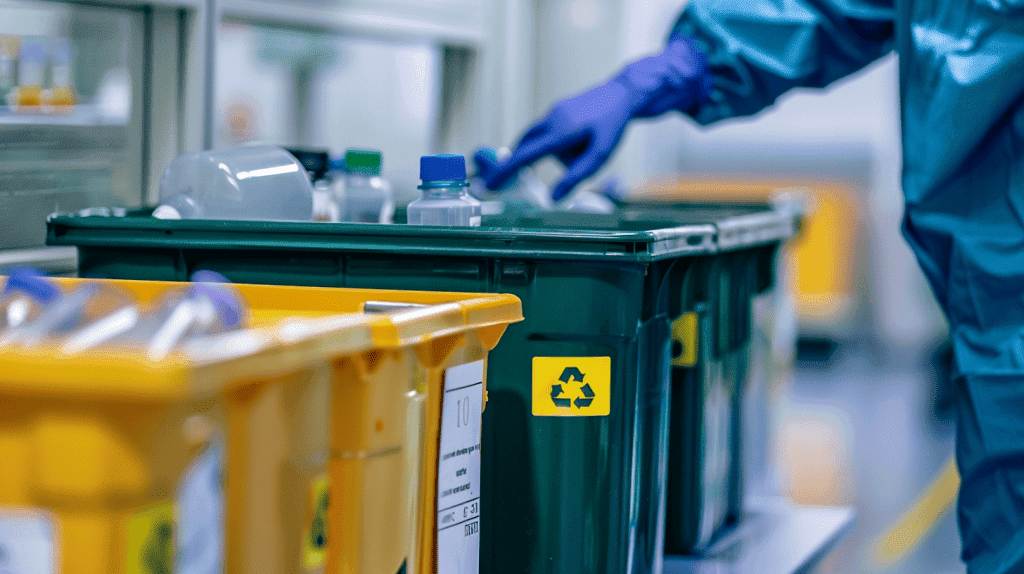
 Did you know improper storage and handling of flammable liquids are significant contributors to industrial fires? According to research by the
Did you know improper storage and handling of flammable liquids are significant contributors to industrial fires? According to research by the 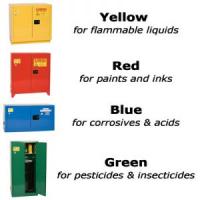
 Do you have the right flammables safety products on hand for your workplace? To find out, contact Angie Meza at
Do you have the right flammables safety products on hand for your workplace? To find out, contact Angie Meza at 